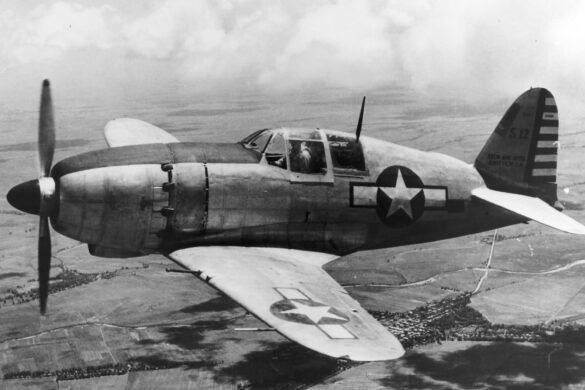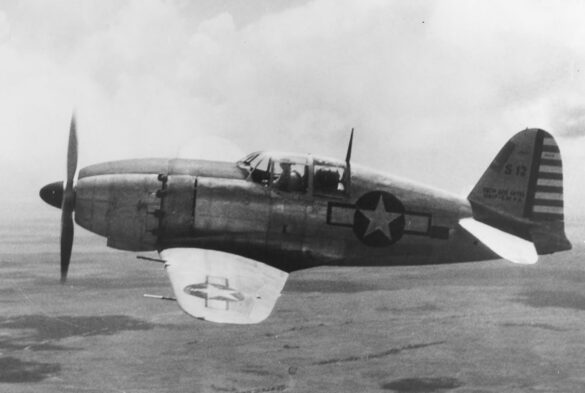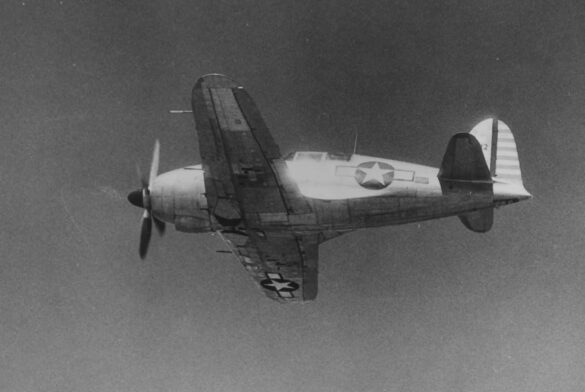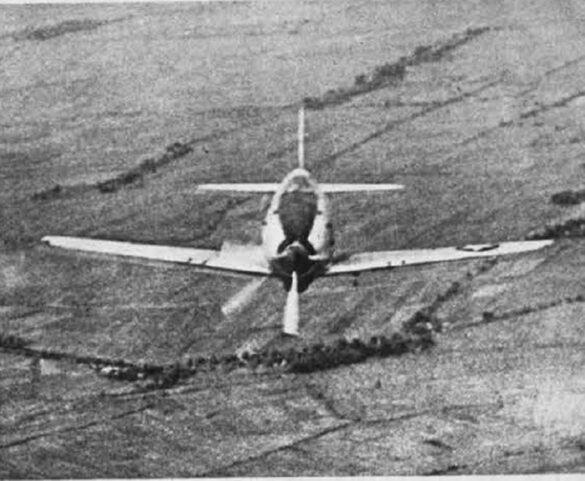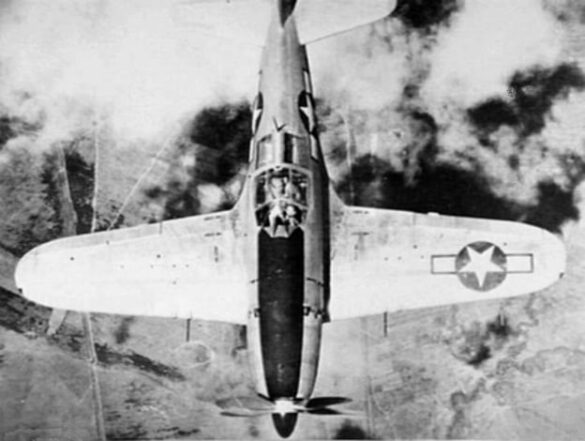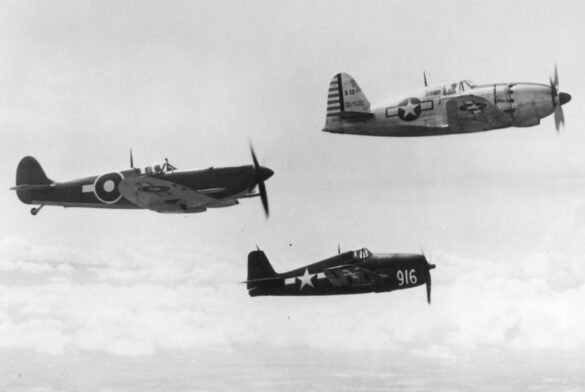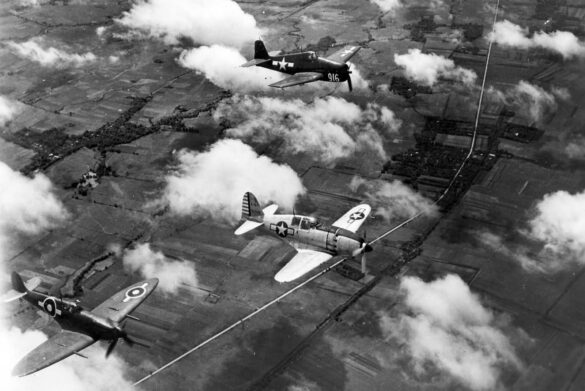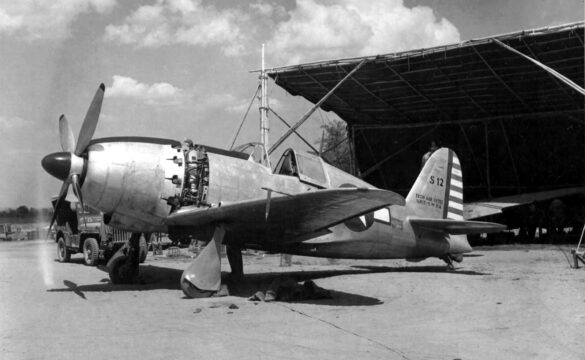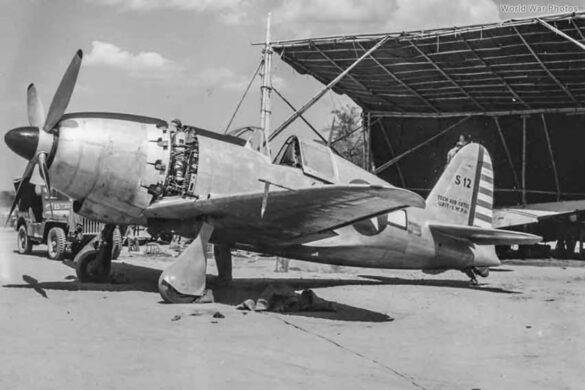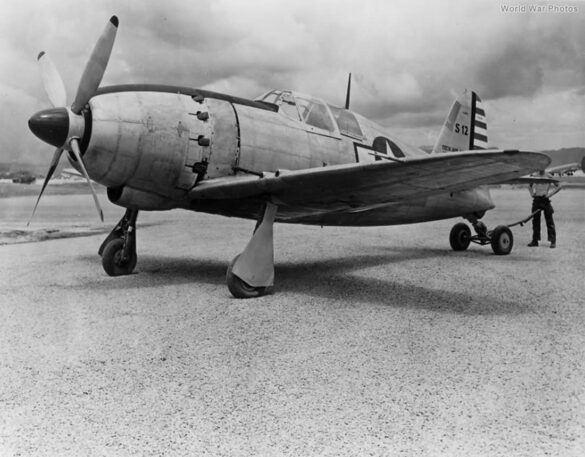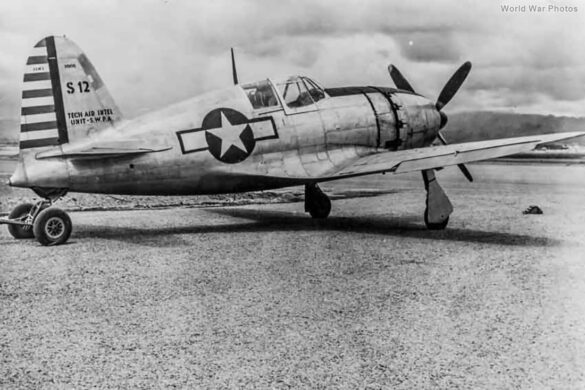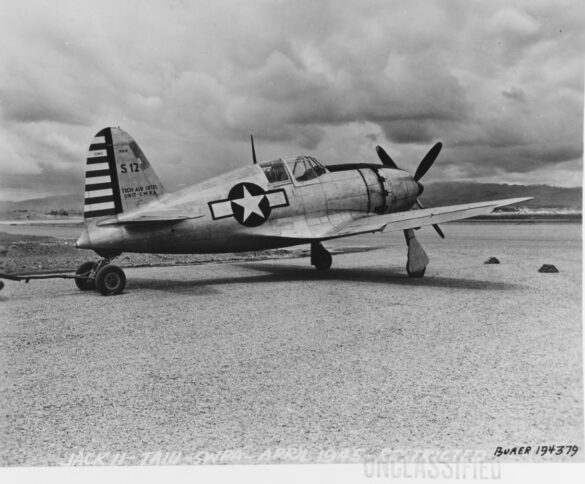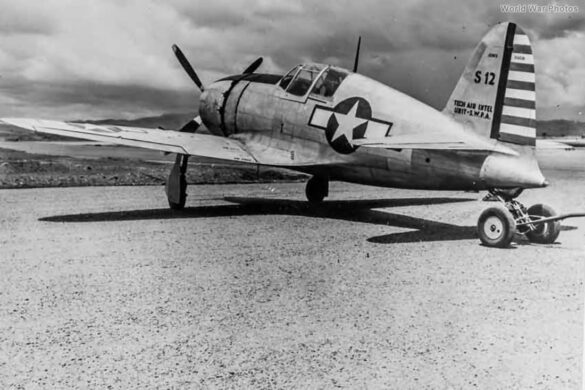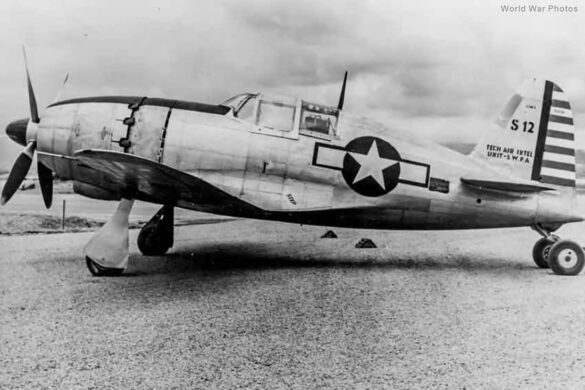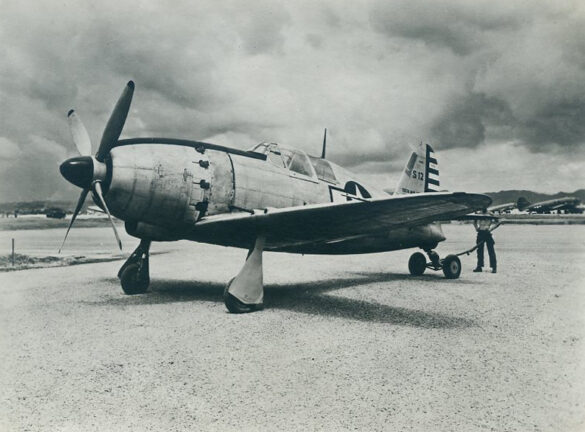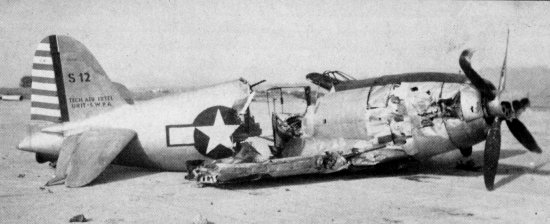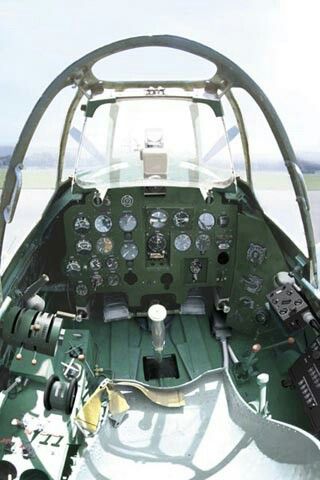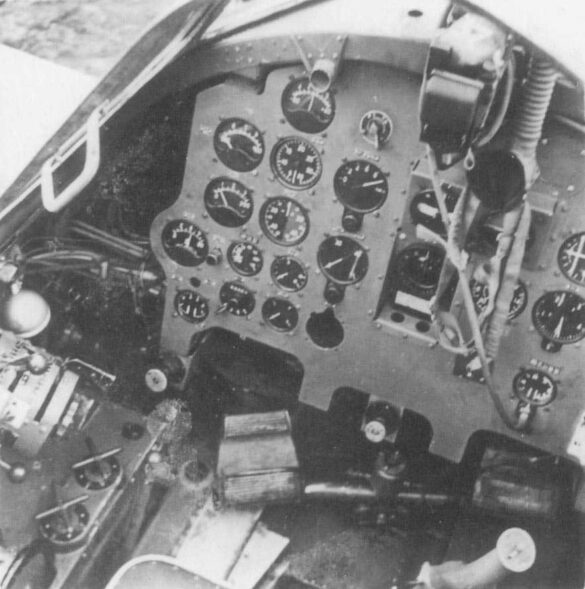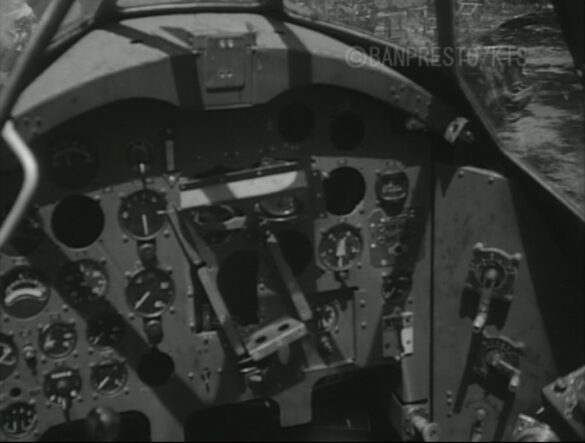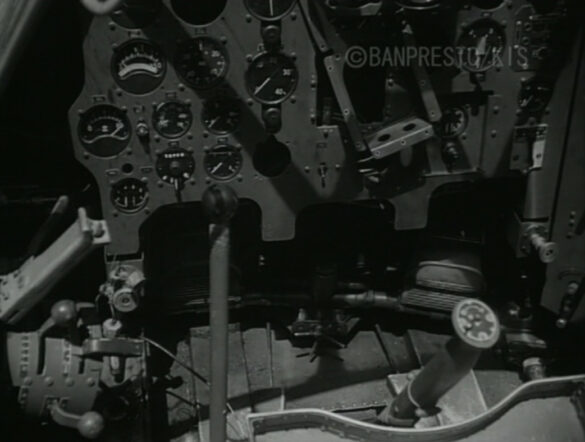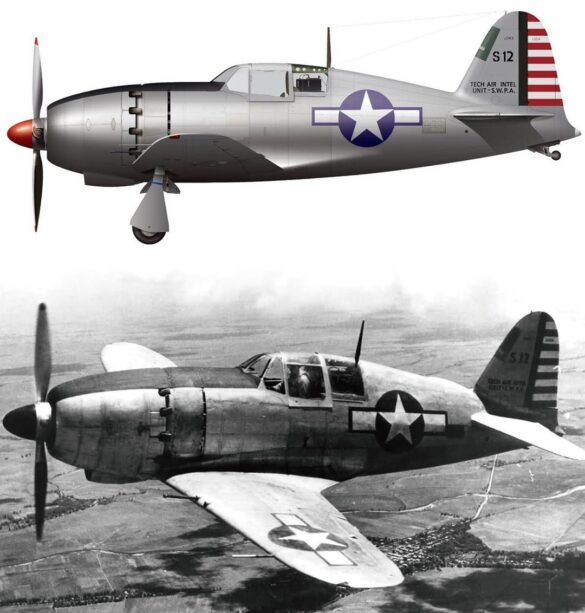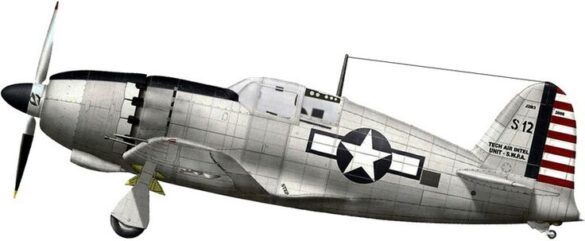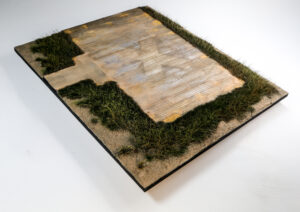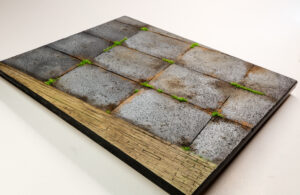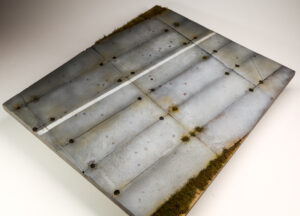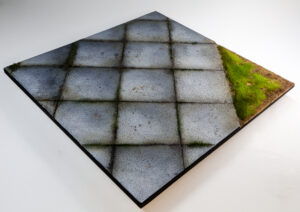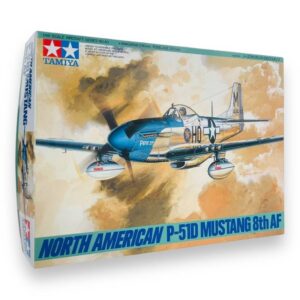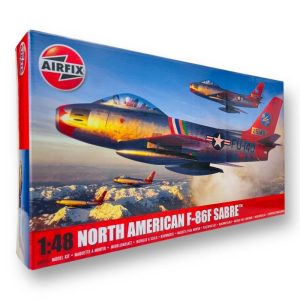article
Captured Mitsubishi J2M3 Raiden – US Markings, Clark Field ’45
A rare Japanese interceptor in American hands – history, specs, and how to model it
Historical Background – From Imperial Navy to the USAAF
The Mitsubishi J2M3 Raiden (雷電, “Thunderbolt”)—known by the Allied code name “Jack”—was Japan’s purpose-built high-altitude interceptor designed to climb fast and knock down incoming B-29 bombers. Unlike most Japanese aircraft of the war, the Raiden was heavily armed and armored, prioritizing performance over maneuverability.
Though primarily assigned to homeland defense units, a small number of J2Ms were reportedly deployed to the Philippines in late 1944, likely as an experimental frontline deployment in a tropical environment.
The Raiden at Clark Field – 1945
During the US recapture of the Philippines, one intact J2M3 Raiden was seized at Clark Field (Luzon). Uniquely, the aircraft was repainted with USAAF insignia—white stars on blue circles—marking it as a captured test article. It remains one of the only known Raiden fighters to bear American markings.
The aircraft was lightly restored by US mechanics and photographed on the ground, showing visible US national insignia on the fuselage and wings. Some reports suggest the US considered flying the aircraft, although no official test flight records exist.
Crash and Final Fate
Shortly after its capture, the Raiden was involved in a ground accident or crash, most likely during taxiing or a brief test roll. A well-known photo documents the aircraft lying on its side, nose-down, with bent propeller blades and damaged undercarriage. The US roundels remain clearly visible.
There’s no evidence it ever flew under US control. It was probably dismantled or scrapped shortly afterward—possibly shipped to Tinian or Wright Field for technical evaluation, like other captured Japanese aircraft.Photo evidence exists showing the crashed J2M3 at Clark Field. This iconic image has been published in aviation books such as Captured Japanese Aircraft of WWII and featured in Air Enthusiast and Koku-Fan issues.
Technical Specifications – J2M3 Raiden Type 21
| Specification | Detail |
|---|---|
| Engine | Mitsubishi Kasei 23a, 1,820 hp |
| Top Speed | 615 km/h (382 mph) @ 5,500m |
| Climb Rate | 6,000 m in ~6 min |
| Service Ceiling | 11,700 m (38,000 ft) |
| Range | 550–650 km |
| Armament | 4 × 20mm Type 99 cannons |
| Crew | 1 (pilot) |
Scale Modeling Guide – Building the Captured Raiden
Recommended Kits
USAAF Repaint Colors
| Surface | FS Code | Mr Hobby | Tamiya | AK Real Colors |
|---|---|---|---|---|
| Upper Surfaces | FS34092 Olive Drab | C12 | XF-62 | RC024 |
| Lower Surfaces | FS36270 Neutral Gray | C306 | XF-19 | RC213 |
| Prop Spinner | Flat Red or Gloss Black | C3/XF-1 | XF-7 | – |
| Insignia | White US Star | Decals or custom stencils | – | – |
Detail Enhancements
Cockpit upgrade (Eduard, Quinta Studios)
Metal pitot tube
Custom seatbelts in USAAF style
Minor chipping and oil filters for realistic wear
Ground crew figure in tropical US uniform
P-40M RNZAF Wreck by Jamie Haggo
Conclusion – A Fallen Thunderbolt
The Raiden of Clark Field represents a rare case of a frontline Japanese fighter falling into Allied hands—repainted, studied, and ultimately lost. Its US markings make it a truly unique subject for scale modelers, combining historical depth and visual contrast.
http://www.aviationofjapan.com/2014/03/karel-strunas-148th-scale-raiden-duo.html
https://intscalemodeller.com/viewtopic.php?t=22265
https://www.historyofwar.org/articles/weapons_mitsubishi_J2M.html
https://zbiam.pl/artykuly/mitsubishi-j2m-raiden-cz-2/
https://www.worldwarphotos.info/gallery/japan/aircrafts/j2m-raiden/

